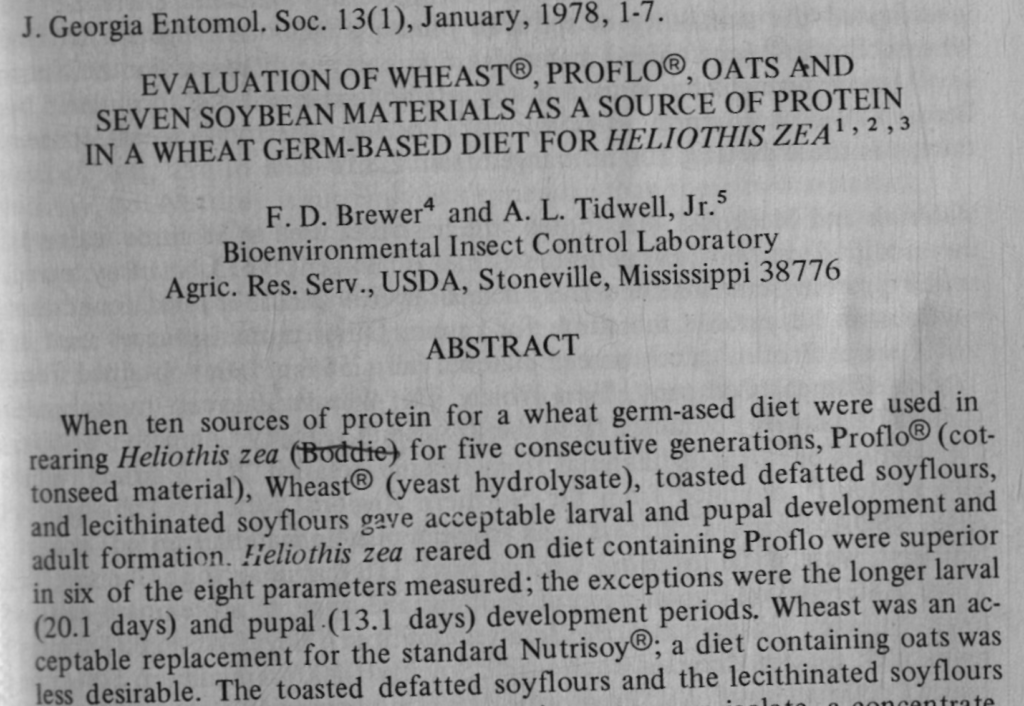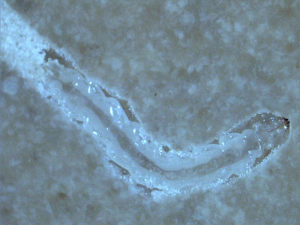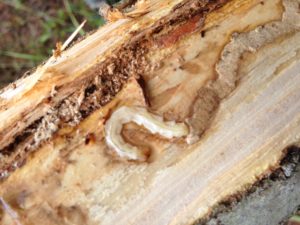Current Research Projects in our Insect Rearing Education and Research Program
Several recent projects are being conducted, the first one being completed in cooperation with the USDA, APHIS. They are 1) understanding the feeding biology of the invasive pest, the emerald ash borer (EAB). 2) The biology and metabolism of greater wax moths, with special attention to diet-induced thermogenesis and metabolic responses to different diet components. 3) The physicochemical characteristics of gelled diets for insects to elucidate the role of various diet components in improving insect diets.
Approaches: Here are the diet/rearing system development algorithms:
- Emerald Ash Borer: use existing diet from the literature as starting point, and build on that using a) analysis of feeding biology, b) analysis of food eaten (phloem wood and leaves from fresh ash trees), c) using SAS, JMP Mixture Design, d) use bioassays to get feedback about the acceptability of diets, e) use texture analysis (rheology) to develop a model of the standard, f) use a continuous improvement “iteration” technique to continue to introduce new or improved components to the rearing system, g) use various presentation techniques (such as diet sandwiches made with either Parafilm or Plexiglass), and test environmental conditions to try to simulate conditions in the natural feeding system, especially with regard to EAB inside trees, where they feed under bark (please note larva that was revealed after bark was peeled away: also note the trail of frass that characterizes successful feeding dynamics). One of the most noteworthy aspects of these studies is the discovery that both adults and larvae of the EAB use extra-oral digestion to consume and fully utilise the nutrients in the ash phloem and ash leaf feeding targets.
- The greater wax moth (Galleria mellonella L. Pyralidae) produces large amounts of heat as they grow and develop on their diets.
Briefly, we show here the heat production of a group of about 300 waxworm larvae with a silk “chimney” allowing the insect to circulate to the screen at the top of the container and back to the diet where the larvae form a mass that communally raises the temperature to 5-20 degrees C above ambient.
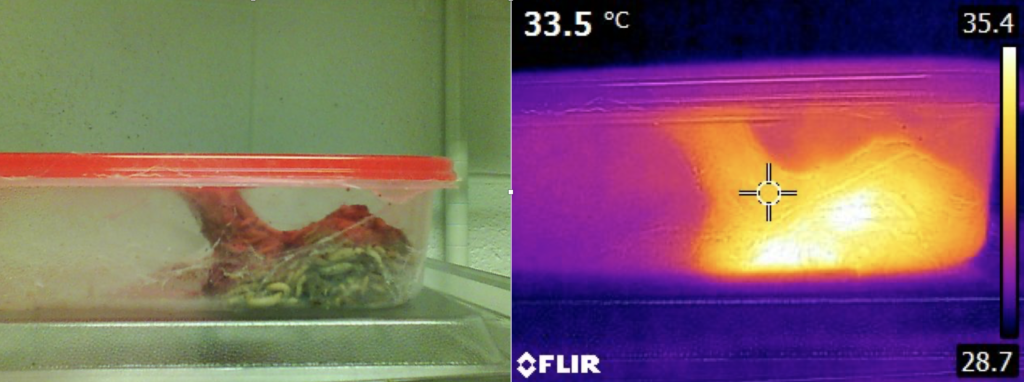
3. Physicochemical Characteristics of Gelled Diets: the influences of various diet components on the physics and chemistry of diets. Starting with the standard tobacco hornworm (Manduca sexta) diet designed by Yamamoto 1969 and modified by Bell and Joachim 1976, we are testing the effects of all the diet components on several physical and chemical responses of the diets (please see the series of illustrations of the response surface design experiments that we conducted):
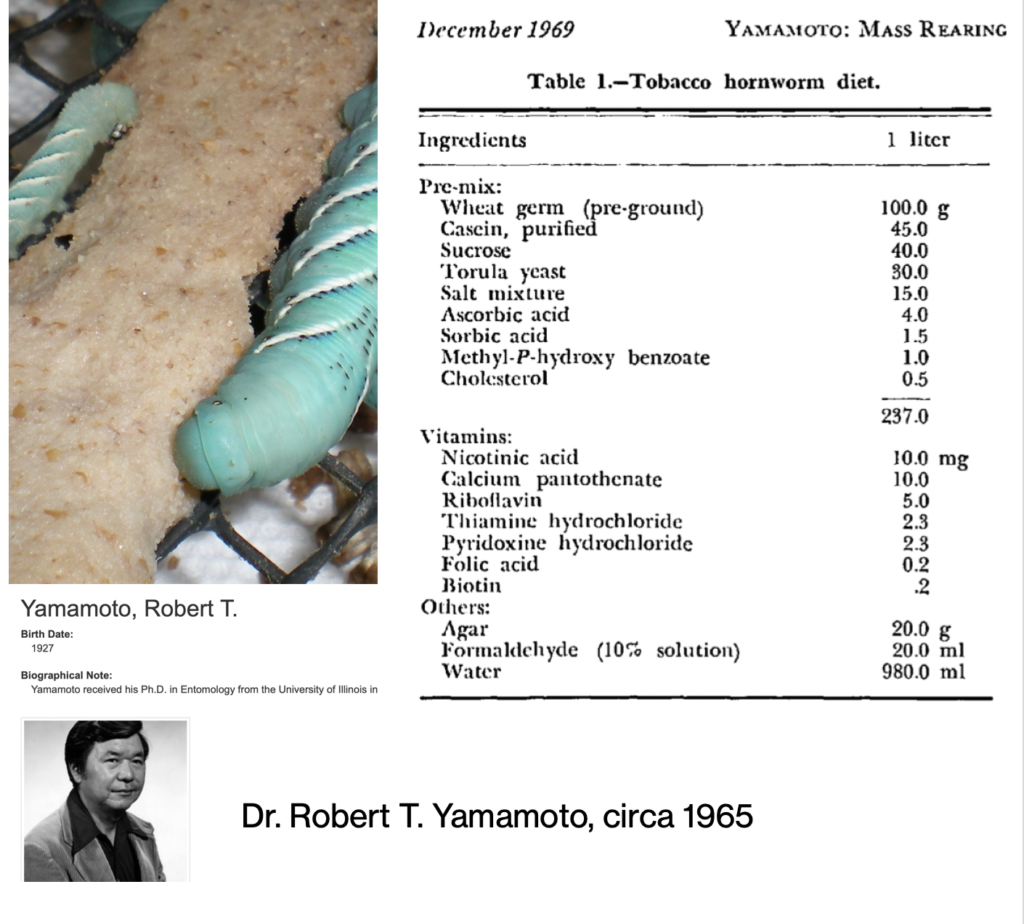
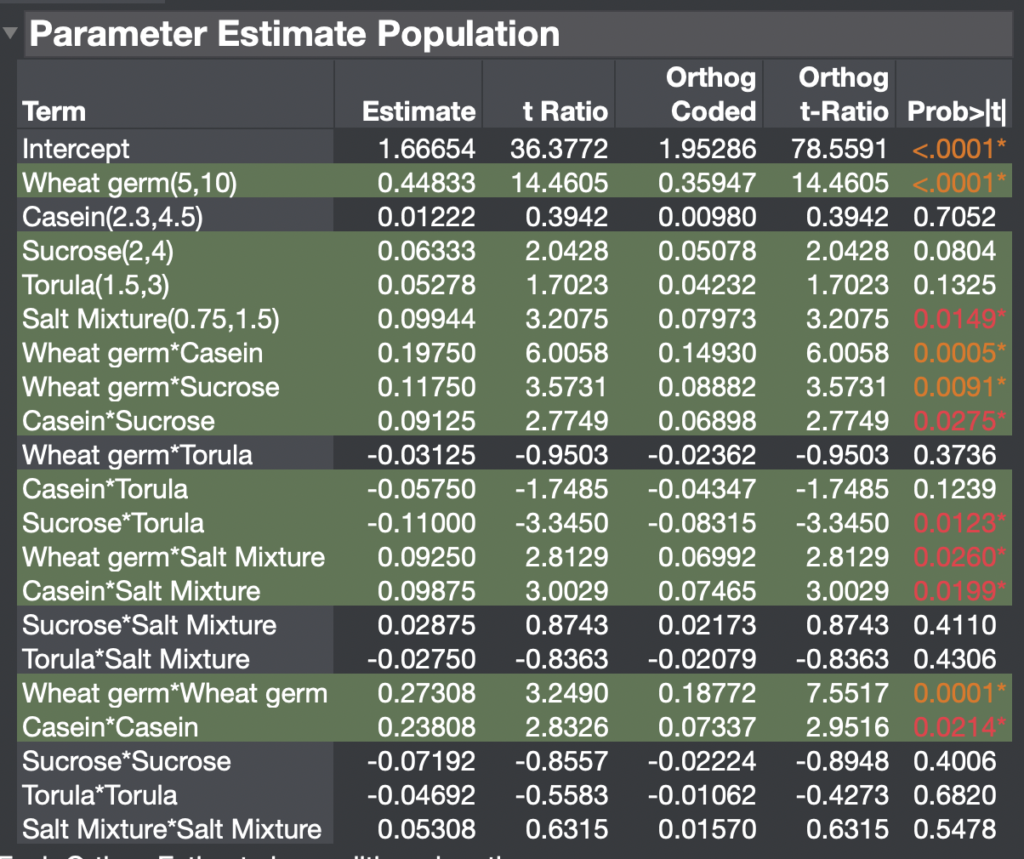
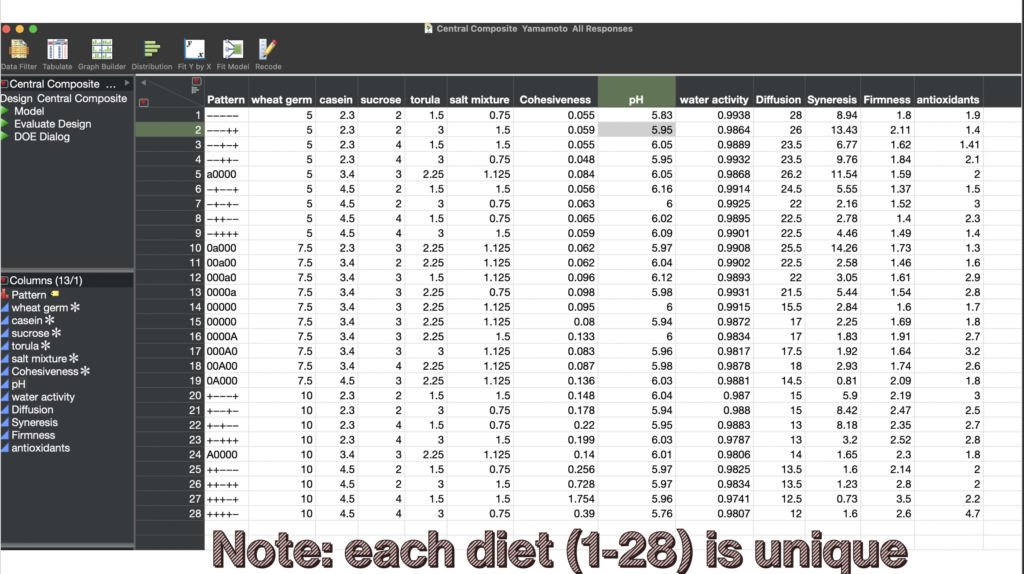
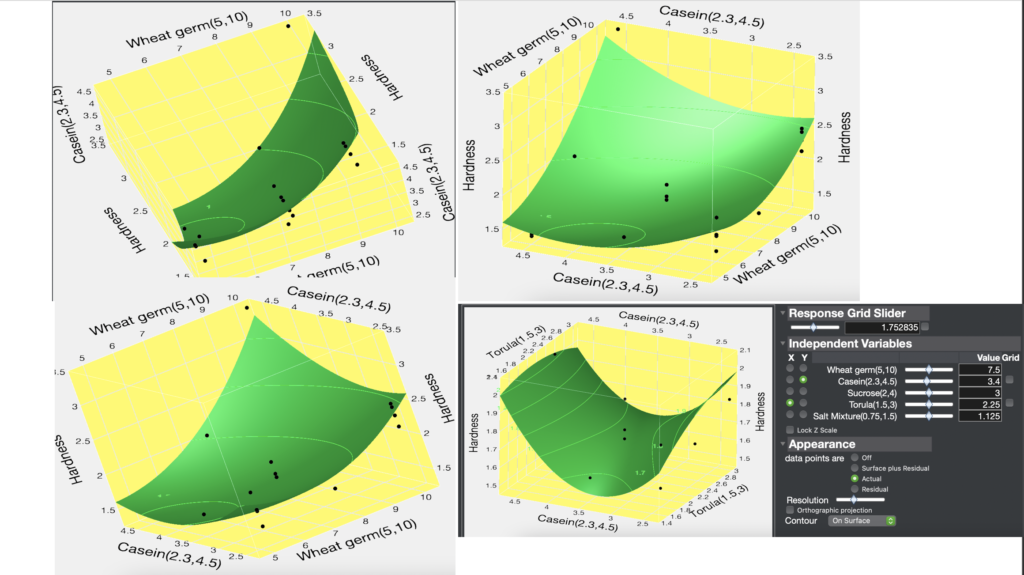
Working on Fermentation and Bioprocessing (2024-2025)
Further work we are currently doing includes using fermentation or bio-processing to make new and improved diets for entomophagous insects AND other insect species including many herbivorous/phytophagous insects with which modified milk products and plant materials such as soy flour, oat bran, and various meals are processed with specially selected microbes. We are especially excited about using dairy yeasts and bacteria to ferment whey and other dairy components with the purpose of re-inventing the product called Wheast in the sense of the term used by Hagen and Tassen 1970, Elkarmi et al. 1987, and various papers by Herbert and Shimanuki. Here is an excerpt from Cohen’s Insect Diets: Science and Technology (2015) where I discuss the seminal idea behind our current inquiry where we try to re-frame the microbes involved in dairy yeast-based fermentation and bio-processing behind what I call “Original Wheast.”
“The proof of principle that fermented or microbially-processed foods can be highly efficacious in insect diets has been established with the use of yeast products in the past century. A survey of more than 400 diets in the Singh 1977 Artificial Diets for Insects, Mites, and Spiders text revealed that more than 50% of all successful diets contained some kind of yeast product, generally brewer’s yeast, torula yeast, or some kind of yeast extract or lysate/autolysate. The highly promising results from using Wheast™ (which is a product made from sweet dairy whey fermented by specialized dairy yeast) suggests the potential of using what we now call “Bio-manufacturing” technology—basically, a food engineering process that can be highly controlled to turn lower value starting materials into high value nutrients.”
